‘Codie pulls back the curtain’ STEVEN BARTLETT
MAIN STREET
MILLIONAIRE
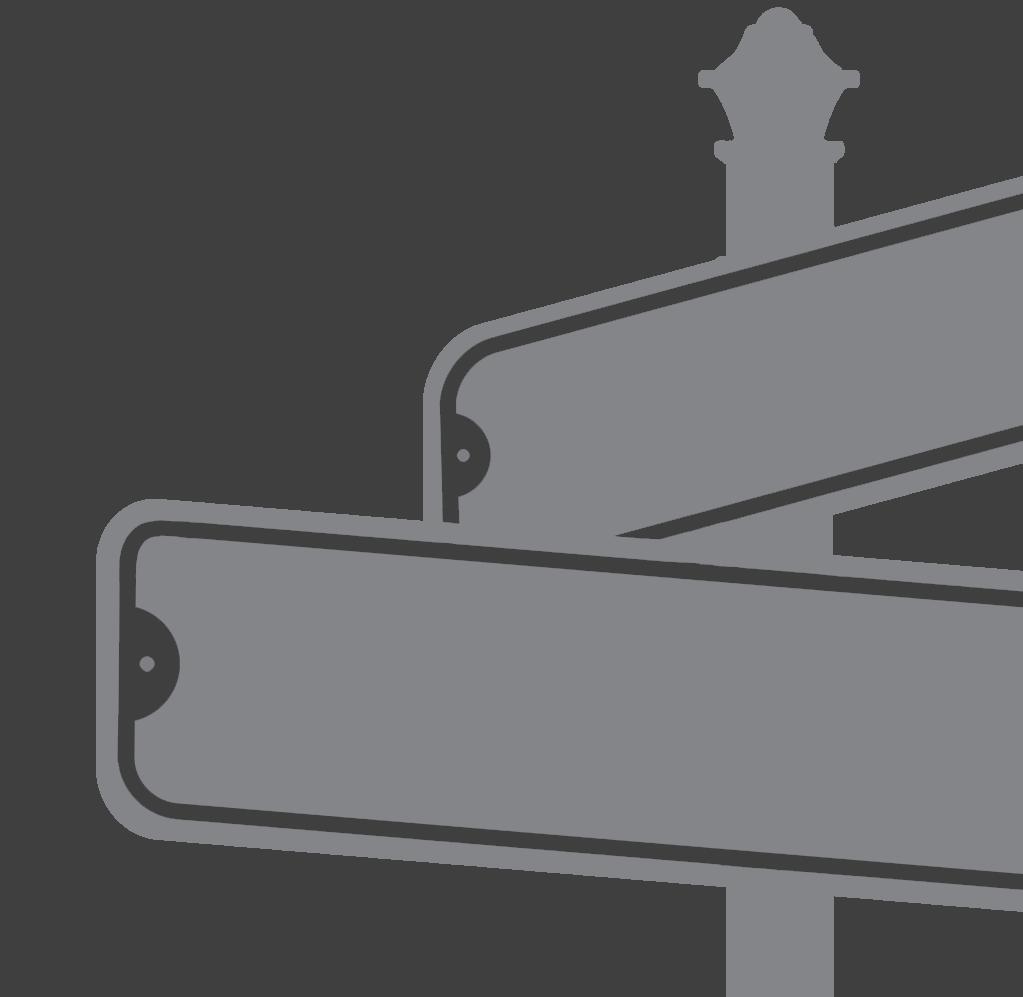


MAIN STREET
MILLIONAIRE
HOW TO MAKE EXTRAORDINARY WEALTH
BUYING ORDINARY BUSINESSES
CODIE SANCHEZ
Flight Books, part of Flight Studio, a Flight Group company
In collaboration with Ebury Publishing
UK | USA | Canada | Ireland | Australia India | New Zealand | South Africa
Ebury Publishing is part of the Penguin Random House group of companies whose addresses can be found at global.penguinrandomhouse.com
Penguin Random House UK One Embassy Gardens, 8 Viaduct Gardens, London SW11 7BW
penguin.co.uk global.penguinrandomhouse.com
First published by Ebury Publishing/Flight Books in 2024
Copyright © Codie Ventures, LLC 2024
Illustrations on pages 8, 10, 12, 51, 56, 58, 149, 188, 189, 211, 216, 218, and 299 by Michael Boorman.
Illustrations on pages 11, 20, 222, 226 and 256 by Ash Lamb.
Illustrations on pages 16, 19, 34, 41, 43, 47, 84, 146, 150, 151, 159, 192, 193, 227, 237, 238, 240 and 245 by Hannah Wilson.
Illustrations on pages 31, 35, 83, and 212 by Katie LaRosa. Illustrations on pages 26, 49, 79, 107, 108 and 219 by Contrarian Thinking
The moral right of the author has been asserted.
No part of this book may be used or reproduced in any manner for the purpose of training artificial intelligence technologies or systems. This work is reserved from text and data mining (Article 4(3) Directive (EU) 2019/790).
Cover Design by Pete Garceau Book Design by Meighan Cavanaugh and Rob Hewitt
Printed and bound in Great Britain by Clays Ltd, Elcograf S.p.A.
The authorised representative in the EEA is Penguin Random House Ireland, Morrison Chambers, 32 Nassau Street, Dublin D02 YH68
A CIP catalogue record for this book is available from the British Library
Trade Paperback ISBN 9781529146721
Penguin Random House is committed to a sustainable future for our business, our readers and our planet. This book is made from Forest Stewardship Council® certified paper.
You aren’t truly in the game unless you find yourself in the dead of the night, head in hands, sitting in the dark, with no idea what to do next.
— MY FATHER
I dedicate this book to those who chose to get into the game of building. Entrepreneurs created this world we live in, and yet you are the few. Thank you for doing what most will not; without you this book would be nothing more than noise. A special thank-you to the best entrepreneur I know, Stan Sanchez. I promise we will continue your legacy.
One more thing: Behind every successful entrepreneur is a bad former boss. So, I also dedicate this to that boss you hated— you know which one. Thanks, bud— your doubt was our fuel. Wink.
MAIN STREET
MILLIONAIRE
START HERE
Wayne Huizenga was a billionaire many times over. He was the owner of garbage behemoth Waste Management, AutoNation, and Blockbuster Video (he later sold Blockbuster for $8.4 billion). He also owned three major league sports teams: the Miami Dolphins (NFL), the Florida Marlins (MLB), and the Florida Panthers (NHL). If you Google Wayne’s name, you’ll see the words “founder” and “empire builder” again and again.
What’s much less known about Wayne is that before he made billions, he was a poor failure who had dropped out of college. Wayne was the son of an immigrant father who beat him and his mother. His childhood was violent, chaotic, and shrouded in secrecy.
After his parents got divorced, Wayne watched his friends go off to college and take white-collar jobs while he drifted from one low-wage job to another. In fact, after a six- month stint in the army, the newly married Wayne had to become a garbage man. One of his old friends recalled seeing Wayne on the job and thinking, “I better hit the books. It must be rough out there if Wayne’s already driving a garbage truck.”
So how did this floundering young man with no connections, no family, and no wealth become a billionaire? Did he grab himself by the bootstraps, camp out in a garage, and dream up a new company to rule them all? No, he took a job selling trash-hauling services door-to-door. He drove, he sold, and he studied his boss, Wilbur Porter, who ran Porter’s Rubbish Service, one of Broward County’s first major garbage firms. He figured if he studied a great founder, someday he could become one.
Then one day, something clicked. Why start a company when he could buy one that already works? For months, he pressed Porter to let him
purchase a share of the business in an asset sale. Porter relented in 1962. He sold Wayne a snub-nosed truck and $500 worth of customers. By 1969, Wayne’s single truck had become a fleet that dwarfed Porter’s. He brought on partners and bought routes and companies from Key West to Tampa. Wayne’s climb continued from there. In 1972, he drove across the United States and bought out ninety haulers in nine months.
Those early years taught him three things. First, you don’t need a college degree to make more money than you can imagine. Second, there is incredible profit to be made by buying a small, boring business.
And third? The power of creative financing. Wayne Huizenga, the kid who originally didn’t have two pennies to rub together, who couldn’t get a loan even if he begged for it, became a billionaire because of this one essential ingredient. It allowed him to own Waste Management, even though he wasn’t the founder. To the victors go the history books.
Why don’t we hear more incredible stories like Wayne Huizenga’s? Because we’ve been lied to about who gets rich and how for decades. Today, we take off the blindfold.
This is a book about seeing opportunities for financial freedom all around you, in the overlooked and unassuming businesses that we all take for granted. As someone who specializes in making good, profitable deals, I can promise you that success doesn’t require flashy startups or cutting- edge new products. In fact, that’s where you lose money. Instead, you’ll see why finding a “Main Street business” with steady cash flow, acquiring it, and using the profits to live life on your terms is the smart, extremely underrated way to build extraordinary wealth.
I will take your hand and show you how. But first, let’s define the lie before we can reveal the truth.
THE 9-TO-5 TRAP: ESCAPING THE SYSTEM THAT KEEPS YOU POOR
Have you ever felt like you’ll never make enough money? Like you’ve been dealt a lifelong sentence of financial stress, worry, and anxiety?
That no matter how hard you work, you’ll never be able to relax and feel financially free?
If so, you’re not alone. Billions of workers are hustling all over the world. Trying to keep up with inflation, barely scraping by, and losing hope in the promise of retirement. But here’s the thing: it’s not their fault. All of us were programmed to be poor
Here’s how we’re taught to make money in America. First, sit still and listen to authority figures for eight hours a day until we’re eighteen years old. Then, go to college and take on $30,000- plus in unforgivable debt, in exchange for a degree. Without that piece of paper, we’re told, we will never succeed. We’re not allowed to gain real-world skills through unpaid internships (the ones where you actually do useful work instead of just theorizing) unless they’re officially tied to an educational program, because otherwise they’re considered illegal.
Then it’s graduation day. We’re finally allowed to join the working world. Soon after, we discover that most jobs do not, in fact, require a college degree. Nevertheless, we all compete for jobs that barely cover our bills, much less our debts. Our top performers pursue the two highest- paying yet least creative jobs: consulting and Wall Street. Or, they play the lottery by joining a start- up. One that requires sleeping on floors and racking up debt from venture capitalists. The concept of “golden handcuffs” becomes very real.
Most of us suspect this game is rigged. We can’t afford houses, we hate our jobs, and our loans keep stacking up. Yet we can’t stop playing. We have bills to pay, with very real consequences if we don’t. So, we stick to what we know. Keep my job, ask for a raise once a year, and look for another job that pays a bit more. When we stop wanting to play, the old guard gets mad at us for not working “hard enough” and “quietly quitting.” No wonder so many do not trust the system.
As the proverb goes: Play stupid games, win stupid prizes. * Fortunately, people are starting to wake up. They’ve decided to play a better
*Also a Taylor Swift lyric, but I digress.
game, one where they actually have a shot at freedom. Millions are leaving their jobs (risky!) and becoming freelancers (literally half of all workers in Gen Z). Why? Because we want autonomy, upside, and work that aligns with our values. There’s just one problem: freelancing is just like being an employee, in that it’s nearly impossible to build real wealth. A mistake smart people make is trying to get rich as a freelancer. I have bad news: this probably won’t work.
Why is this? Because of a simple rule that wealthy people follow. One that separates them from everyone else who struggles with money. I had to work for more than a decade in big finance to learn it. You will learn it in a few hours with this book. It will turn on what is called your reticular activating system, a bundle of nerves at our brain stem that filters out unnecessary information so the important stuff gets through. Once you see the truth of ownership, you cannot unsee it. Here’s your first and most important lesson: Your salary will never set you free. Your financial freedom can only come through ownership. More specifically, through equity done the right way.
This is not what most of us were taught. Every day in school all the way up to your first job, you’ve been trained like Pavlov’s dog to follow the path of non- ownership. You’ve been zapped and given treats to believe that a good job is the real key to financial stability. Lies. No matter how hard you work, you will forever be a cocker spaniel begging for biscuits. That’s because you are trading your time for money, which means it’s impossible for you to break free. Warren Buffett said it best: “If you don’t find a way to make money while you sleep, you will work until you die.” It’s time to shed those lies and run toward the truth.
The good news is there’s a way out. And no, you don’t need to come up with a genius invention, buy crypto, or own apartment complexes in Miami. Instead, just like Wayne Huizenga, you’ll make a few strategic moves that will allow you to efficiently become an owner. And once you experience the freedom of ownership, you’ll never go back. Here’s the best part: it might not even cost you a dime to start.
The central argument of this book is that buying profitable, established, cash- flowing businesses is the most underrated path to wealth. One that, if you do it right and are willing to put in the work, not only pays you enough money to quit your job but also allows you to pay someone else to run it with you. That’s right: you own the business, you make a full- time salary, but you’re potentially not stuck with another full- time job forever.
And unlike buying a house, you won’t always need a big down payment to own this business. The previous owner may even hand you the keys to their legacy for less than you can imagine. But you have to understand the game. They’ll want these three things in return:
1. You’ll give them the ability to exit their business and retire.
2. You’ll keep their business and legacy alive.
3. You’ll give them a cut of future profits.
Sound too good to be true? It’s not. This is a proven path that allows normal people to become wealthy. Everyone? No. Only those willing to do the work and dedicate themselves to the rarest of things: being a builder in a world of consumers. It’s what I’ve done, more than a hundred times. Which is how a small corner of the internet came to know me as “the chick who buys laundromats”— not my favorite title, but hey, I’ve been called worse.
I’ve also helped thousands of people just like you do it too.
Like Renan, a medical device salesperson turned millionaire owner of a service business he bought entirely with creative financing . . .
Or Katie, an employee turned owner of a multi- six- figure doggrooming business, soon to acquire her second . . .
Or Chris, the new owner of a plumbing business, a locksmith business, and now building out an eight- figure holding company . . .
All these people chose the path of the Main Street Millionaire.* Their companies aren’t fly- by- night, meaningless commodities. They are essential businesses that have contributed real value to their local communities for decades. They have hundreds of paying customers and a profit margin that earns their owners a very healthy income and a newfound ability to live life on their terms.
It is scary, but maybe that’s how you know it’s worth it. I’m here to find you, the aspiring owner in a world of owned. Are you one of us? We are a group that rejects the status quo and all the broken systems attached to it. Together, we are taking back Main Street.
While the rest of the world laughs at “dry cleaning,” we make millions.
— JIM BOWEN, CEO OF FIRST TRUST
You might be wondering: What is a Main Street business?
It’s a small, local business— typically run by mom and pop— that involves minimal intellectual property and provides a needed product or service. I’m talking about car washes, laundromats, vending machines, storage centers, repair shops, pack- and- ship centers, portapotty rentals, landscaping, electrical services, bookkeeping, carpet cleaning, tiling and grouting, plumbing, pet grooming, and HVAC installation. These are the modest yet profitable businesses that most people overlook.
*Disclosure: The testimonials provided are real results from clients who have worked with me, but please understand that these results are not typical. Your results will vary and depend on many factors, including but not limited to your background, experience, and work ethic. All business entails risk, as well as massive effort and consistent action. If you’re not willing to accept that, please do not proceed with this book. Seriously. As my grandma says, “Business ain’t for p*ssies.” And yes, my grandma did say that.
I call them “Main Street” or “boring” businesses because they lack the societal sexiness of Wall Street, tech start- ups, and social media side hustles. Their owners are rarely on the covers of magazines or interviewed on Good Morning America. Instead, they get rich quietly. They build “stealth wealth” by owning the types of businesses that make up the backbone of America. These businesses are dependable, meaningful, successful, and cash flowing. And yet they are rarely considered a go- to option for entrepreneurs. (I aim to change that with this book.) Don’t be fooled; boring businesses do not equal boring lives. A business that has steady cash flow, lets you be with your family, is simple, has great customers, gives you a happy life . . . that is the REAL unicorn.
The hundred- plus businesses I’ve owned and invested in are mostly run- of- the- mill operations that have been around for a long time, surviving and thriving through economic downturns, bringing in profits year after year. Do they have down periods? Yes. But they are not rocket ships that take off or explode spectacularly.
Why? There’s an idea called the Lindy effect. It states that if something has been successful for a long time, its success will likely continue for just as long. Nassim Taleb said it best in his book Antifragile :
If a book has been in print for forty years, I can expect it to be in print for another forty years. But . . . if it survives another decade, then it will be expected to be in print for another fifty years.
This, simply, as a rule, tells you why things that have been around for a long time are not “aging” like persons, but “aging” in reverse. Every year that passes without extinction doubles the additional life expectancy.
I use that theory to ensure that I don’t fail in business, and it’s worked like a charm. And yet, in the fast- paced world of entrepreneurship, where the siren call of starting a brand- new company drowns
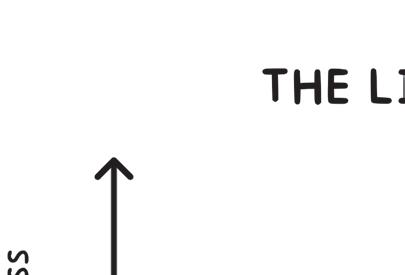


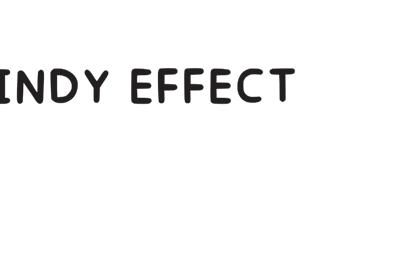



out everything else, the Lindy effect continues to be ignored. Business failure abounds, with founders wearing their Fs like badges of honor.
Guess what: 35 percent of boomer- owned businesses have been in operation for more than a decade. Nearly 80 percent are profitable, with steady, loyal customers. Want to guess how much longer their success will continue? Just ask Lindy.
This is the secret that Main Street Millionaires know and that most modern entrepreneurs completely ignore: Steady cash flow is NOT found in flashy start- ups or trendy new products. It’s in those established small businesses in your neighborhood, the ones you drive by without a second glance. This is where millions are being made, right here on Main Street.
WHAT YOU’LL GET FROM THIS BOOK
Here’s a big, hefty question for you: Instead of working for decades to make a million dollars, how can you acquire a cash- flowing business that’s making a million dollars right now ?
At the heart of Main Street Millionaire lies the answer to that question—
a simple yet profoundly effective formula: R.I.C.H. This acronym encapsulates the step- by- step process you’ll use to buy your way into becoming a Main Street business owner:
R FOR RESEARCH ensures that you pursue the business opportunities that are best aligned with you . You’ll clarify your unique skills, the type of owner experience you want, your risk appetite, and how much you need to get paid. You’ll also learn how to find motivated sellers, the right way to talk with them about the prospect of buying their business, and how to evaluate whether it’s a good acquisition or not.
I FOR INVEST opens up a whole new world of possibilities, with multiple strategies to buy cash- flowing businesses for little money down or using creative financing. You’ll learn how to informally propose a deal to the owner, work with professionals on due diligence, get the right financing, draft the papers, and seal the deal. You’ll also get my battletested negotiation tips, which have saved me millions of dollars over the last decade.
C FOR COMMAND shows you how to avoid the “whoops, I bought myself a job” trap, or worse yet, “whoops, I bought myself a nightmare.” You’ll learn how to find, interview, and hire an operator—and eventually a team—who can help you run your business. You’ll learn the most important things to do (and avoid) in your first ninety days. You’ll establish a culture of continual improvement, track your money, and implement simple marketing systems that efficiently double your profits.
H FOR HARNESS is where you’ll learn how to manage multiple businesses on autopilot, without losing your sanity. You’ll get a simple scorecard that will keep your businesses on track, add more revenue streams, and prepare for your next acquisition (or an exit).
R.I.C.H. is the most efficient path I’ve found to financial freedom. Why? Because it doesn’t hinge on having extensive capital or brilliant ideas to start. You can acquire a cash- flowing business that not only replaces your salary but also sets you financially free. I’ve done it, and so have countless business owners. You can do it too.

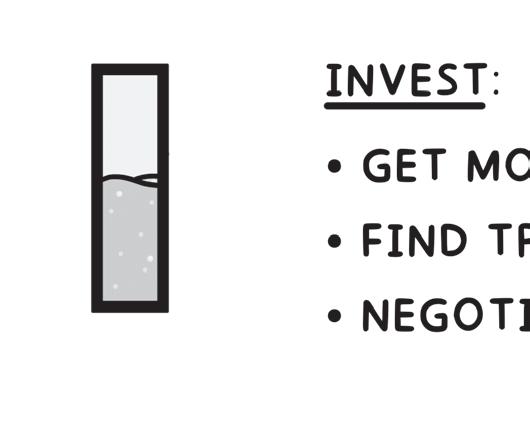

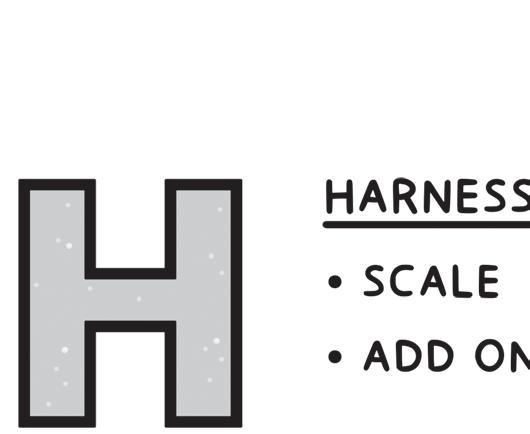

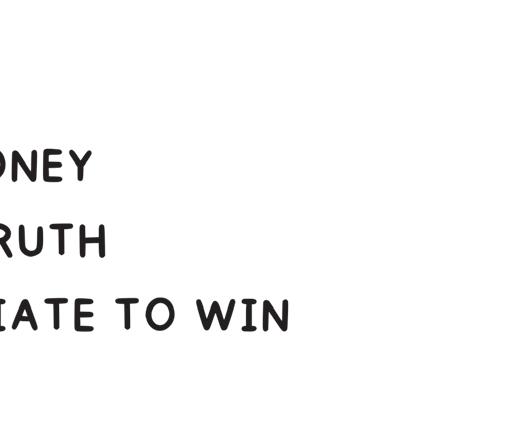


DISCLAIMER: THE REALITIES OF BECOMING A MAIN STREET MILLIONAIRE
A lot of business books set the wrong expectations. My dad always said, “Just tell the truth, it’s easier to remember.” So, here’s the truth: you’ll need to buckle up for the ride ahead. I won’t promise you this journey will be rainbows and kittens (I’m allergic, probably to both). The path I teach is hard. Becoming an owner is 10 percent the business you buy, 10 percent knowledge, 10 percent talent, and 70 percent don’t F-ing stop. Grit is the secret ingredient that makes it all work. Here’s what you can expect during the journey to becoming a Main Street Millionaire:
YOU WON’T LOOK COOL. There’s no drop- shipping, no crypto, no start- ups, no inventing, and no picture of you on the cover of Forbes. If you want to be the next Steve Jobs or Elon Musk, I am not your girl. If you want to run a pleasure parlor in the Metaverse, be my guest. But
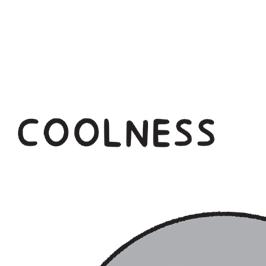
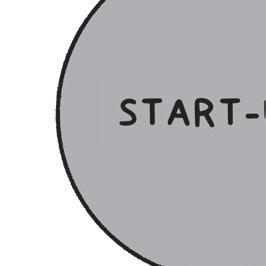



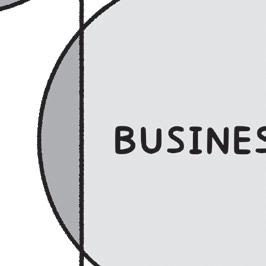



you ain’t gonna find it here. Why? Because all those paths share the same fatal flaw: your revenue starts at $0.
Instead, you’ll take the road less traveled. The road with cash flow that offers healthy profits and a monthly salary on Day 1. The road where you won’t spend years of your life on a gamble, or slowly saving away until you’re too old to enjoy the money. Does this path look cool? Not particularly. But is it cool to get rich quietly? You tell me.
YOU WON’T BE AN OVERNIGHT SUCCESS.
If you’re just getting started, I advocate for the 3-9-12 framework. You take 3 months to learn, 9 months to find and close your first deal, and 12 months to stabilize the business. That’s a total of two years, or about as long as it takes to get an MBA. Patience is the playbook, and that’s where the profits lie. I go back to when Jeff Bezos, founder of Amazon, asked Warren Buffett, “If your investing thesis is so simple, why doesn’t everyone just copy you?” Buffett’s response: “Because nobody wants to get rich slowly.”


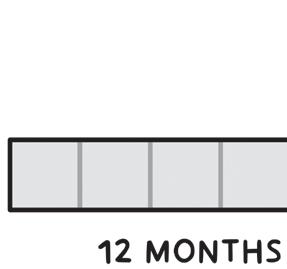






YOUR INCOME WON’T BE PASSIVE. This journey is for those who want meaning and fulfillment, but NOT those who want to buy a business for “passive income” and spend their days sipping piña coladas on a beach halfway across the world. Diabetes much? You will have to work hard to become an owner. Whether you are buying a repair shop, landscaping company, garbage-hauling service, car wash, laundromat, or murder- scene cleanup operation, there is one common thread: When you own it, you gotta work on it. This includes managing employees, suppliers, customers, vendors, administrative tasks, marketing, sales, and so much more. It is not passive, nor is it for the faint of heart. Which brings me to the most important point . . .
THIS WON’T BE EASY. I’ve been sued, lied to, stolen from, made fun of, slandered, and even thought one of my employees was coming back for blood. If you know you’re going to give up when the going gets hard, I’d suggest you put down the book now. Seriously, just save yourself the time. Not everyone is cut out to be in charge, and that is okay. There’s a reason most people settle into jobs instead of stretching for ownership. It certainly feels safer to let someone else take all the responsibility and risk. And yet, salary is the ultimate addiction, a job the ultimate golden handcuffs.
Having a company is hard— responsibilities, lies, slander. Having a job is hard— underpaid, underpromoted, underchallenged, bosses you hate. Start- ups are hard— no money, sleepless nights, dealing with investors. It’s all hard. You choose your hard. I will always choose the path to freedom. Yes, there are risks on the path to becoming a Main Street Millionaire, though it’s not as risky as you might think, especially when done right.
Bottom line: If you choose this path, you’ll need to fully commit. Things will get hard. You have been warned. But if you’re like me, I hope you’re getting a little tingly and feeling the truth that the rich know all too well: Behind a little pain is all the gain.
Why should you listen to me? Let’s start at the beginning of my entrepreneurial journey. I’ll never forget the day I bought a laundromat nearly a decade ago. It was my first real step toward financial freedom. But that day, it didn’t feel like it. My heart raced while my mind freaked out.
As I turned the key and shoved my shoulder into the jammed door, I paused to breathe it all in. That sweet smell of detergent . . . and mold. Ahhh. And those charming fluorescent lights clinging on to the popcorn ceiling tiles. That soft whistling of shiny washing machines. My washing machines. I’d finally done it.
Then the doubts flashed through my mind: Codie, WTF have you gotten yourself into? You’re going to get fired from your job. This is a horrible idea, everyone is going to laugh at you. You know nothing about washing machines. You barely do your own laundry. Yet for some reason, your existential crisis is becoming a laundromat owner?! I batted the thoughts away. For better or worse, everything was about to change.
In my first year, I made a modest profit. Not earth- shattering, and not enough to quit my full-time job. But it gave me hope. I never could have imagined that less than a decade later, that little laundromat would lead to a not- so-little portfolio of twenty-four Main Street businesses that do tens of millions in revenue, and a fund with companies that do hundreds of millions. As a mid-thirties Latina woman who used to think a mutual fund meant “group fun,” it’s still hard for me to believe.
I wasn’t born into wealth. I’m not that smart. My parents were hardworking Americans. My dad worked at and then one day finally owned a local marble company. My mom was a special needs teacher. Growing up out West in Arizona, I learned how to track a deer before I learned about money. My high school math teacher literally told me Helen Keller had a better chance at winning an archery contest than I did at excelling in math (nice guy). Nothing about my childhood hinted at a future in which I’d become a voice for financial empowerment.
But then, after college, I went to work as a journalist in Juárez, Mexico. The harsh realities of reporting on human trafficking taught me a valuable lesson: Money is power. That realization inspired me to dive into the belly of the beast. I worked for financial firms like Vanguard, State Street, and Goldman Sachs so I could master wealthbuilding strategies. That led me to start buying and owning businesses for myself, and publicly sharing what I learned online. My former bosses were less than thrilled. I keep a quote to this day from an email one sent me: “You continue to dumb down our firm, I hope you gained more followers today.” Dan sucked then and still probably sucks.
Yet I’d rather help a huge number of ordinary people get rich together than help a small group of already rich people get obscenely wealthy. I watched Dan and all those dudes on their second and third wives racing around in Ferraris and boasting about who bought the most expensive bottle of wine, and I thought . . . These guys are the ones who run our world? Time for a reboot.
So today, I share their homework at our financial media company, Contrarian Thinking. At the time of this writing, we have over six million social media followers, one million email subscribers, and five thousand–plus students. Our community has reported millions and millions in revenue bought, transitioning over one hundred companies to new ownership. I happen to think we’re just getting started on stealing Dan’s lunch. Our mission is to transform America into a nation of owners so we can save our country’s Main Street businesses, and so you never have to work for an insufferable boss again.
Main Street Millionaire is my call to action. With this book, I aim to guide thousands of readers toward owning profitable businesses. I hope you’re one of them. Because as much as I’d love to help you get rich, there’s a far bigger and more pressing issue at stake. Unless we start a movement to save these Main Street businesses, we’re all in serious trouble.
THE SECRET GOLD MINE ON MAIN STREET
millions of cashflowing businesses for sale
mustEverything go ownersbefore DIE
*not easy, but can change your life
Did you know that Main Street Millionaires own half of all job-generating businesses in the United States? That’s nearly three million companies providing jobs for thirty-two million people and making $6.5 trillion in annual revenue. If you enjoy a nice paycheck right now, it is highly likely you can thank a Main Street Millionaire for that.
But there is a dark side to being a Main Street Millionaire: they’re getting too old for this sh*t. Talk to any boomer business owner over the age of sixty-five, buy them a beer or six, and they will admit that they want to exit their business . . . but have no idea how.
Throughout history, the answer was to hand the business over to the kids. Ah, the times they are a-changin’. These days, only about 30 percent of businesses transition from one family generation to the next.
The kids don’t want Dad’s plumbing business. They want to dance on TikTok, even if plumbing makes millions.
Here’s the craziest part: most of these MSMs will end up permanently
